Cultural Exploration



Day 1: Arrival in Tel Aviv
Morning: Arrive in Tel Aviv, check into hotel. Afternoon: Explore Tel Aviv's vibrant street art scene in Florentin neighborhood. Evening: Enjoy dinner at a local restaurant on Rothschild Boulevard.
Florentin neighborhood.
Up-and-coming Florentin owes its hipster vibe to its bohemian cafes and its laid-back bars with craft beer and live jazz bands. Vendors sell bureka filo pastries and falafel at Levinsky Market, which is also known for its spice stalls. Eclectic art galleries dot the area’s street-art-lined streets, and the Maine Friendship House tells the history of the American Colony, a clutch of 19th-century wooden houses.
Rothschild Boulevard
Rothschild Boulevard is one of the principal streets in the center of Tel Aviv, Israel, beginning in Neve Tzedek at its southwestern edge and running north to Habima Theatre. It is one of the most expensive streets in the city, being one of the city's main tourist attractions.




Day 2: Jerusalem Exploration
Morning: Travel to Jerusalem, visit the Western Wall and Jewish Quarter. Afternoon: Explore the historic sites of the Old City, including the Church of the Holy Sepulchre and the Dome of the Rock. Evening: Experience the bustling atmosphere of the Mahane Yehuda Market and try local delicacies.
The Western Wall
The Western Wall, known in the West as the Wailing Wall, and in Islam as the Buraq Wall, is a portion of ancient limestone wall in the Old City of Jerusalem that forms part of the larger retaining wall of the hill known to Jews and Christians as the Temple Mount.
Jewish Quarter.
The hilltop Jewish Quarter is a small neighborhood known for ancient landmarks such as the Western Wall, a holy Jewish site from the 1st century. Restaurants are set near historic places of worship like the reconstructed Hurva and Ramban synagogues, while museums such as Siebenberg House showcase relics from King David's reign. Shops line the colonnaded Cardo Maximus, a street from Roman and Byzantine times.
Church of the Holy Sepulchre
The Church of the Holy Sepulchre, also known as the Church of the Resurrection, is a fourth-century church in the Christian Quarter of the Old City of Jerusalem. It is considered to be the holiest site for Christians in the world, as it has been the most important pilgrimage site for Christianity since the fourth century.
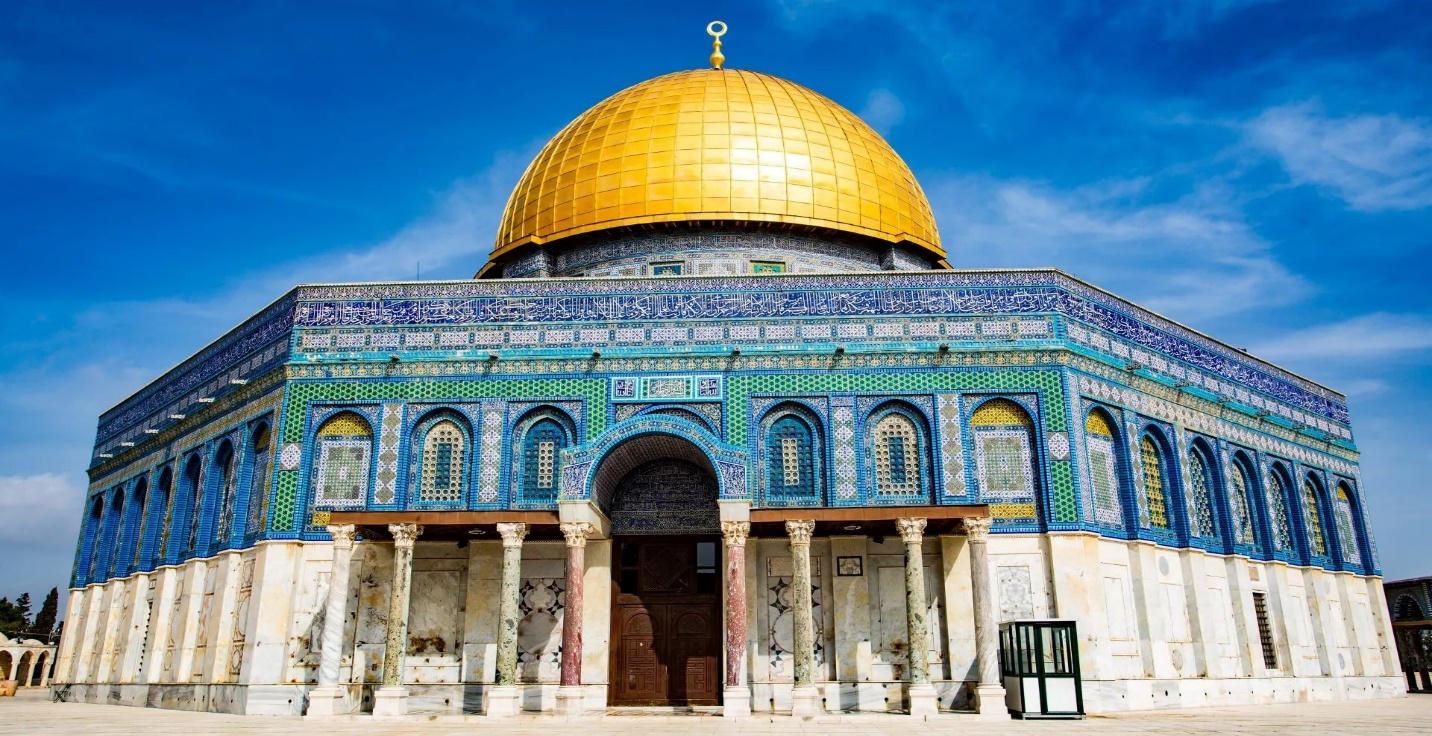

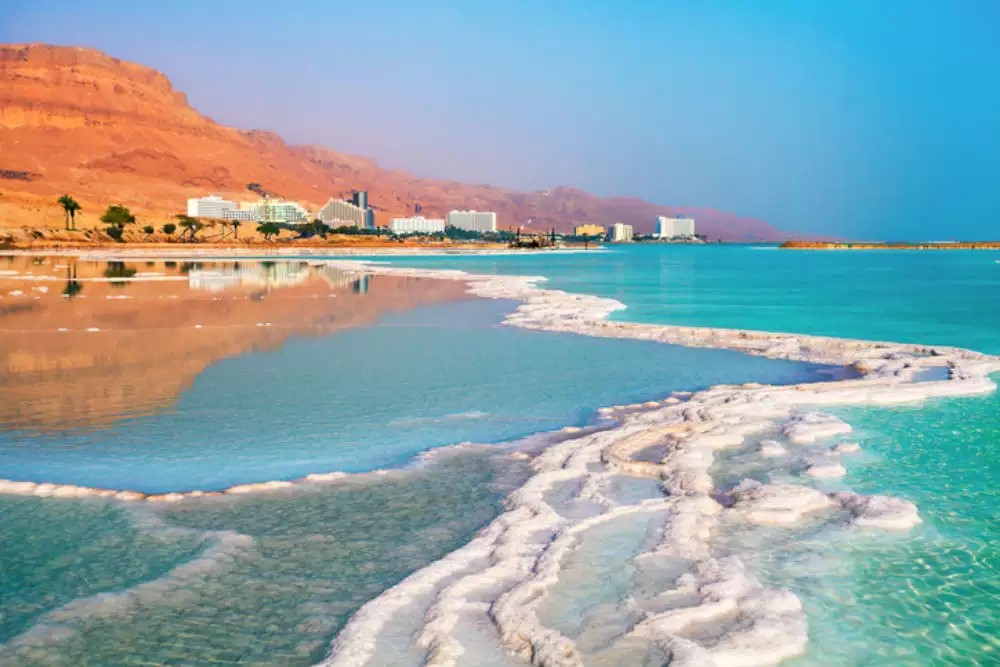
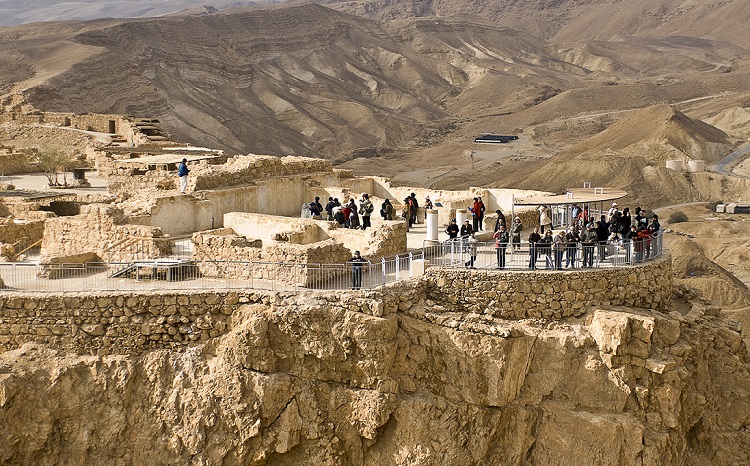
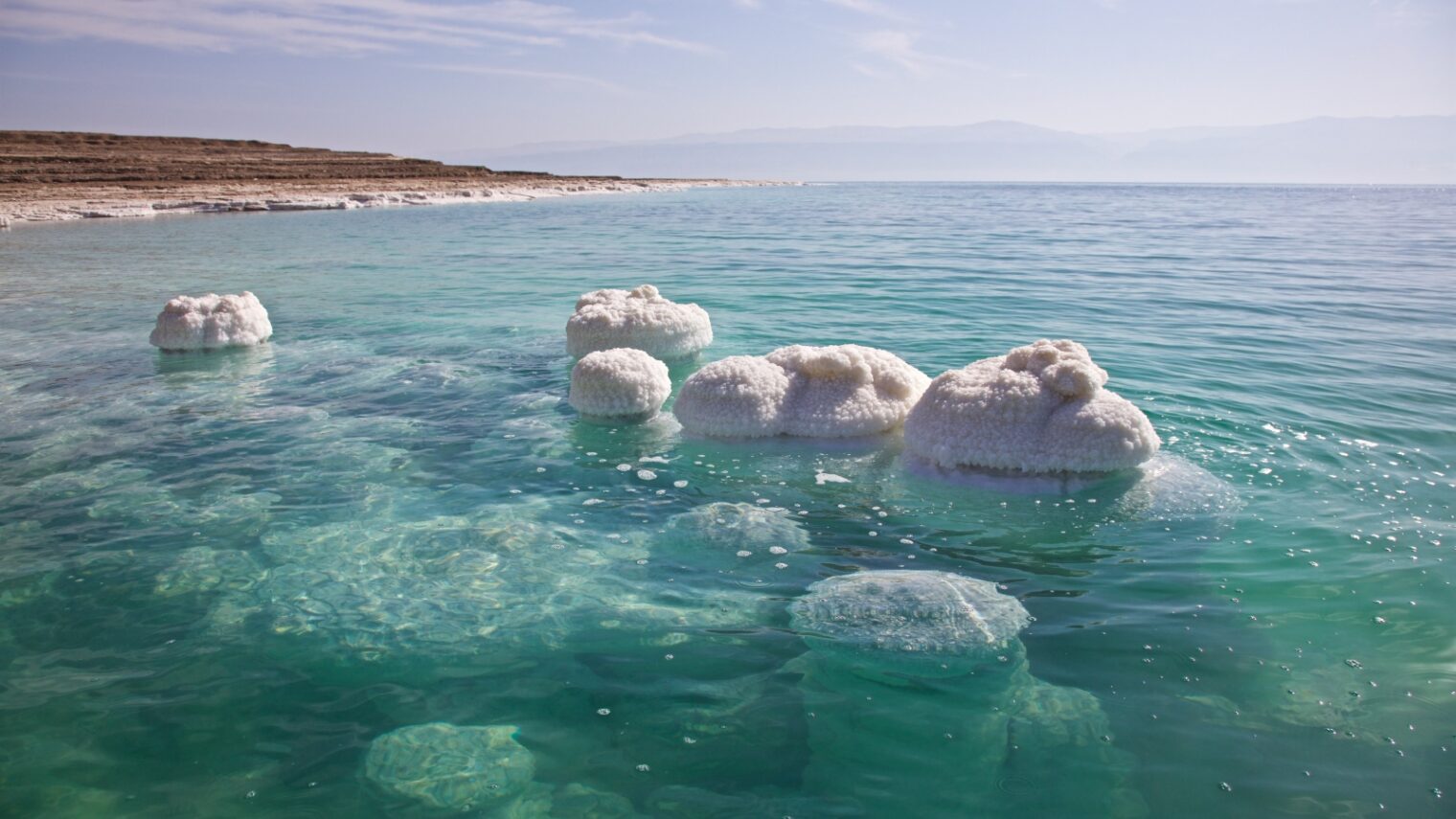

Dome of the Rock.
The Dome of the Rock is an Islamic shrine at the center of the Al-Aqsa mosque compound on the Temple Mount in the Old City of Jerusalem.At the center of the Dome of the Rock sits a large rock, which is believed to be the location where Abraham was prepared to sacrifice his son Ismail (Isaac in the Judeo/Christian tradition). Today, Muslims believe that the Rock commemorates the night journey of Muhammad.
Mahane Yehuda Market
The market dates back to the Ottoman period. An empty lot as the 19th century drew to a close, it was developed by local peasants who brought produce to sell in this central location. Slowly the open grounds were turned into an organized market.Mahane Yehuda Market, often referred to as "The Shuk", is a marketplace in Jerusalem. Popular with locals and tourists alike, the market's more than 250 vendors sell fresh fruits and vegetables.
Day 3: Dead Sea Excursion
Morning: Visit Masada, an ancient fortress overlooking the Dead Sea. Afternoon: Float in the mineral-rich waters of the Dead Sea and relax on the shores. Evening: Return to Tel Aviv, dine at a seaside restaurant along the promenade.
Masada
Masada is an ancient fortress in southern Israel’s Judean Desert. It's on a massive plateau overlooking the Dead Sea. A cable car and a long, winding path climb up to the fortifications, built around 30 B.C. Among the ruins are King Herod's Palace, which sprawls over 3 rock terraces, and a Roman-style bathhouse with mosaic floors. The Masada Museum has archaeological exhibits and recreations of historical scenes.
Dead Sea
The Dead Sea, also known by other names, is a landlocked salt lake bordered by Jordan to the east and the Israeli-occupied West Bank and Israel to the west. It lies in the Jordan Rift Valley, and its main tributary is the Jordan River. With a salinity of 342 g/kg, or 34.2% (in 2011), it is one of the world's saltiest bodies of water – 9.6 times as salty as the ocean – and has a density of 1.24 kg/litre, which makes swimming similar to floating. This salinity makes for a harsh environment in which plants and animals cannot flourish, hence its name.
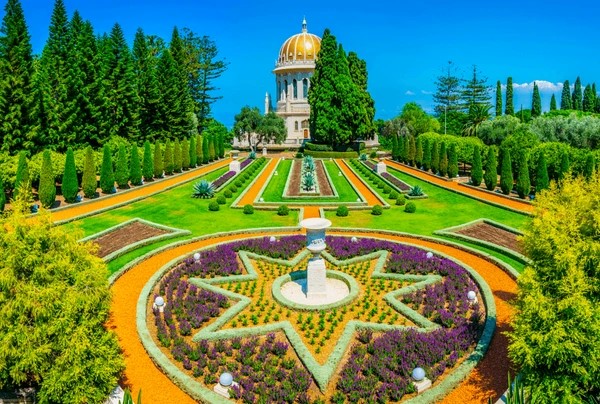
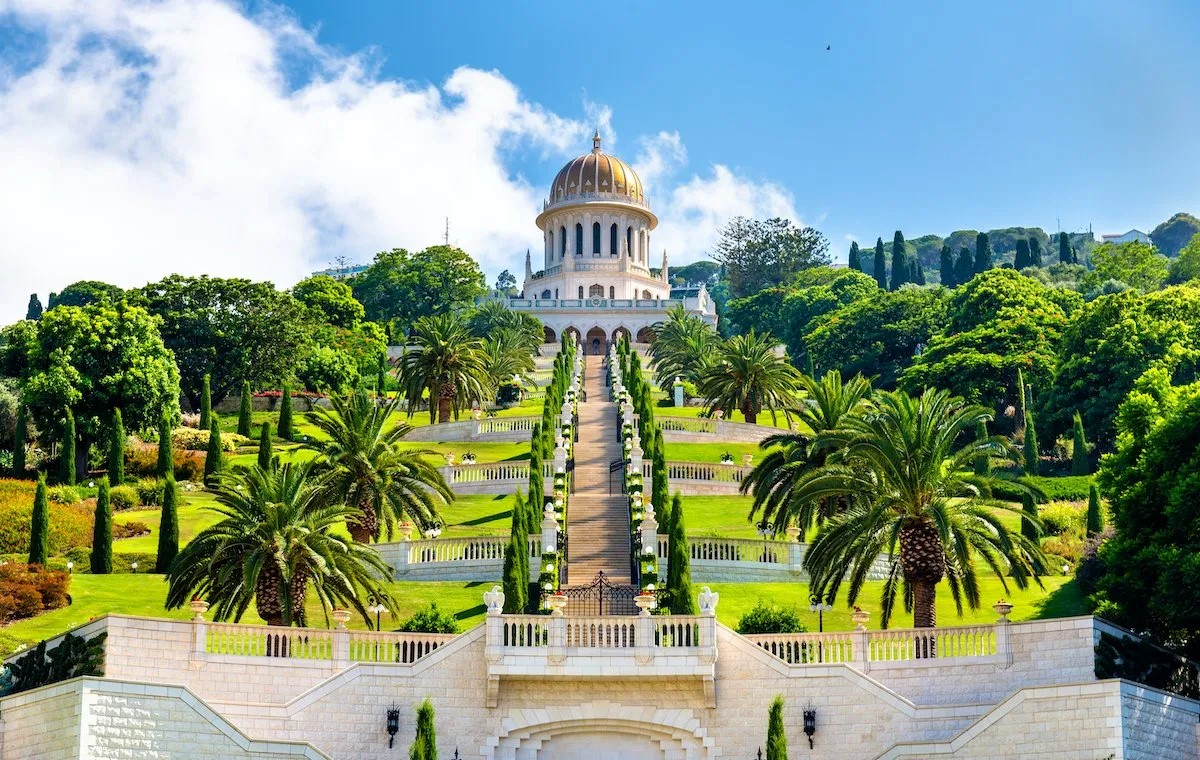
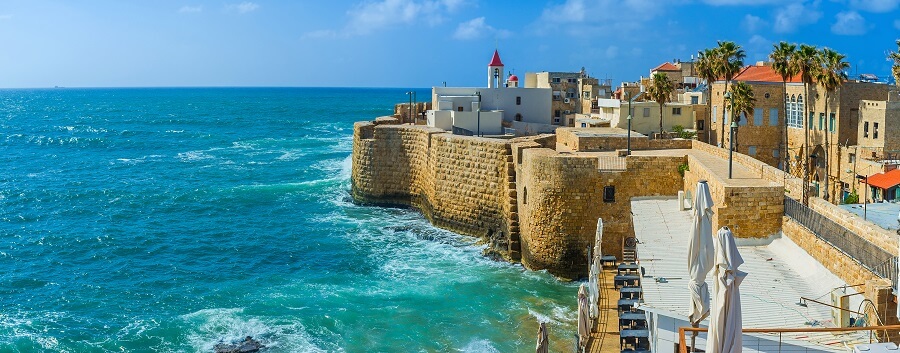
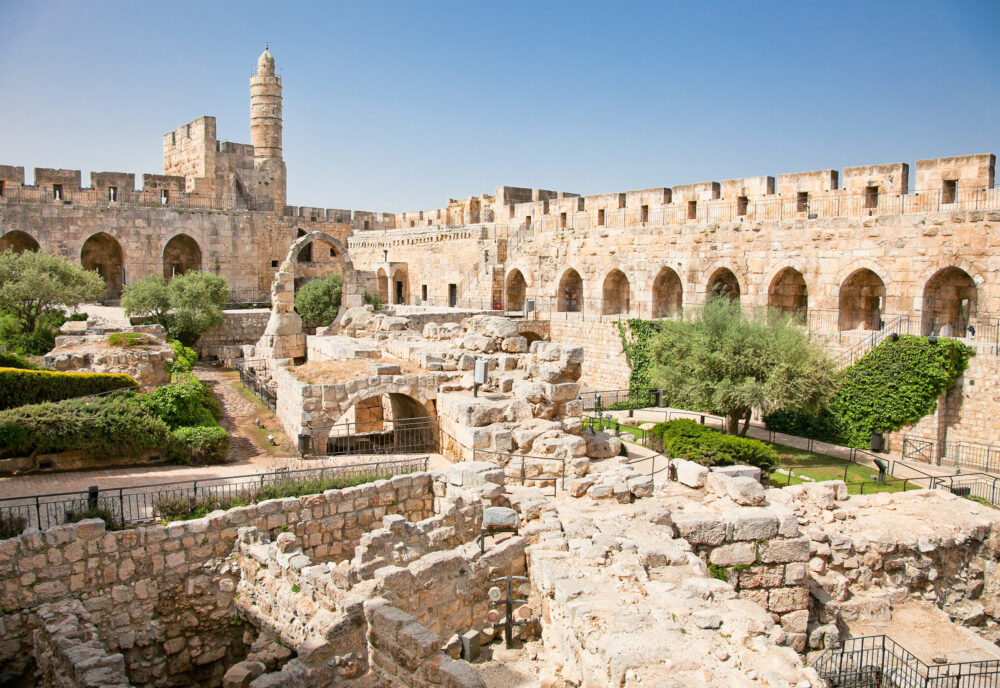
Day 4: Haifa and Acre
Morning: Travel to Haifa, explore the beautiful Bahá'í Gardens and Shrine. Afternoon: Continue to the ancient city of Acre (Akko), wander through the UNESCO-listed Old Town and visit the Crusader Fortress. Evening: Return to Tel Aviv, enjoy a farewell dinner at a traditional Israeli restaurant.
Bahá'í Gardens
The Baháʼí Terraces, or the Hanging Gardens of Haifa, are garden terraces on Mount Carmel in Haifa, and one of the most popular tourist destinations in Israel. Completed in 2001, there are 19 terraces and more than 1,500 steps ascending the mountain.
city of Acre (Akko)
Acre (Akko) is a port city in northwest Israel, on the Mediterranean coast. It’s known for its well-preserved old city walls. In a tunnel in the walls is the Treasures in the Walls Ethnographic Museum, depicting daily life from the Ottoman times to the 20th century. The mosaic-covered Or Torah (Tunisian) Synagogue has 7 torah arks. The 18th-century Al-Jazzar Mosque has marble pillars and underground pools.
Crusader Fortress
Belvoir Castle is a Crusader castle in northern Israel, on a hill on the eastern edge of the Issachar Plateau, on the edge of Lower Galilee 20 kilometres (12 mi) south of the Sea of Galilee. Gilbert of Assailly, Grand Master of the Knights Hospitaller, began construction of the castle in 1168. The restored castle is located in Belvoir National Park (a.k.a. Jordan Star National Park). It is the best-preserved Crusader castle in Israel.
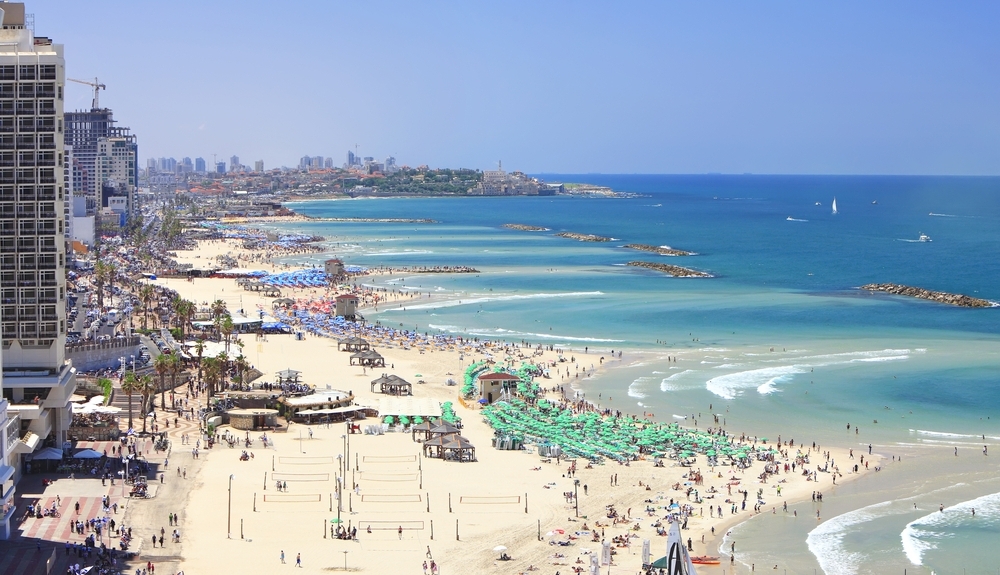
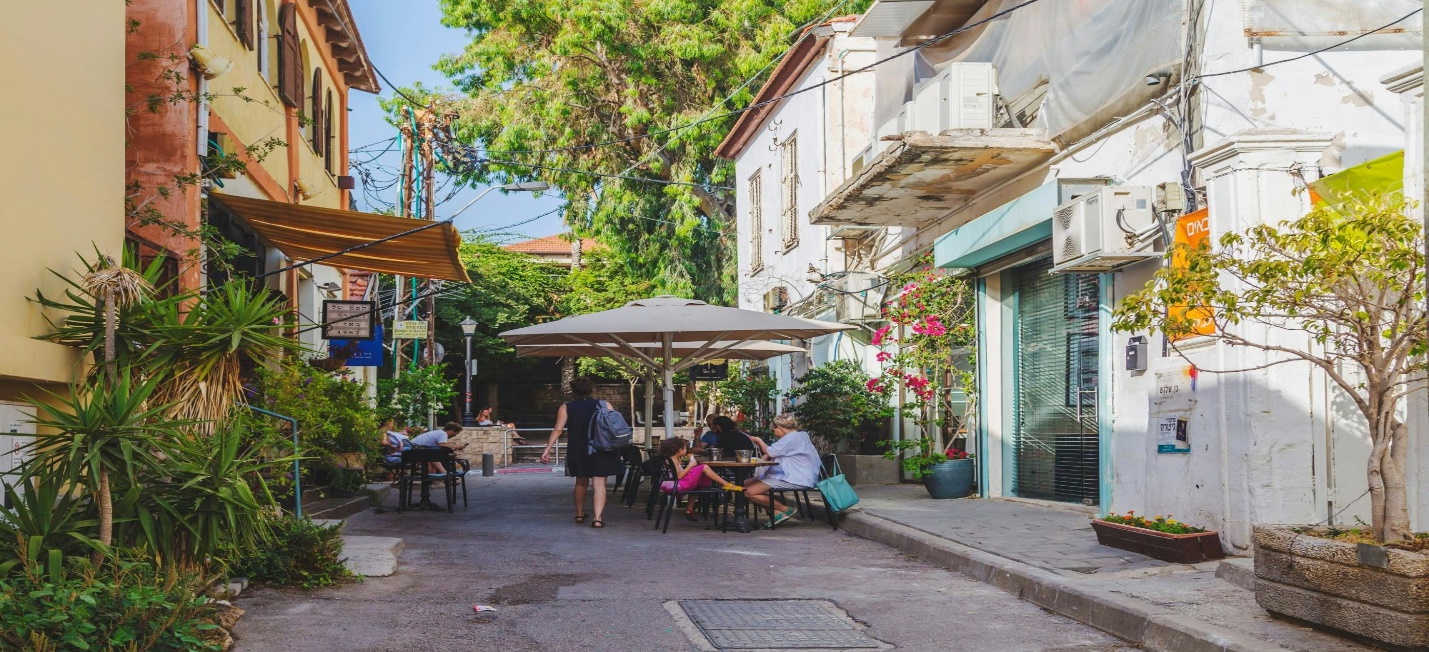
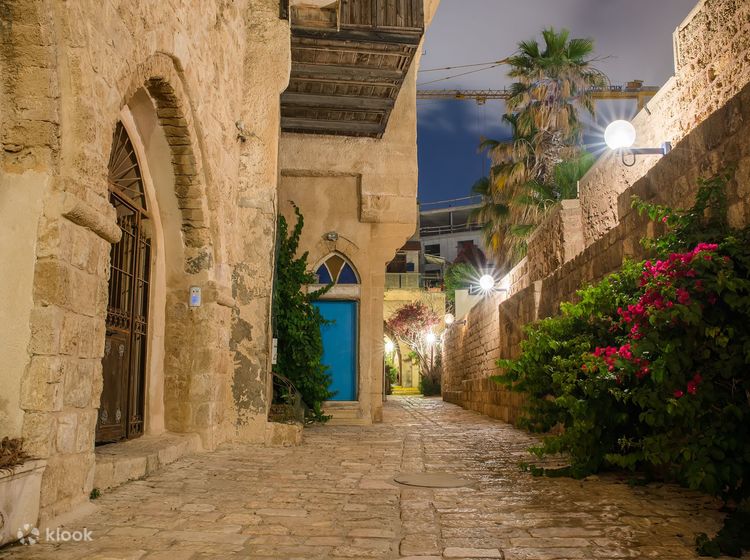
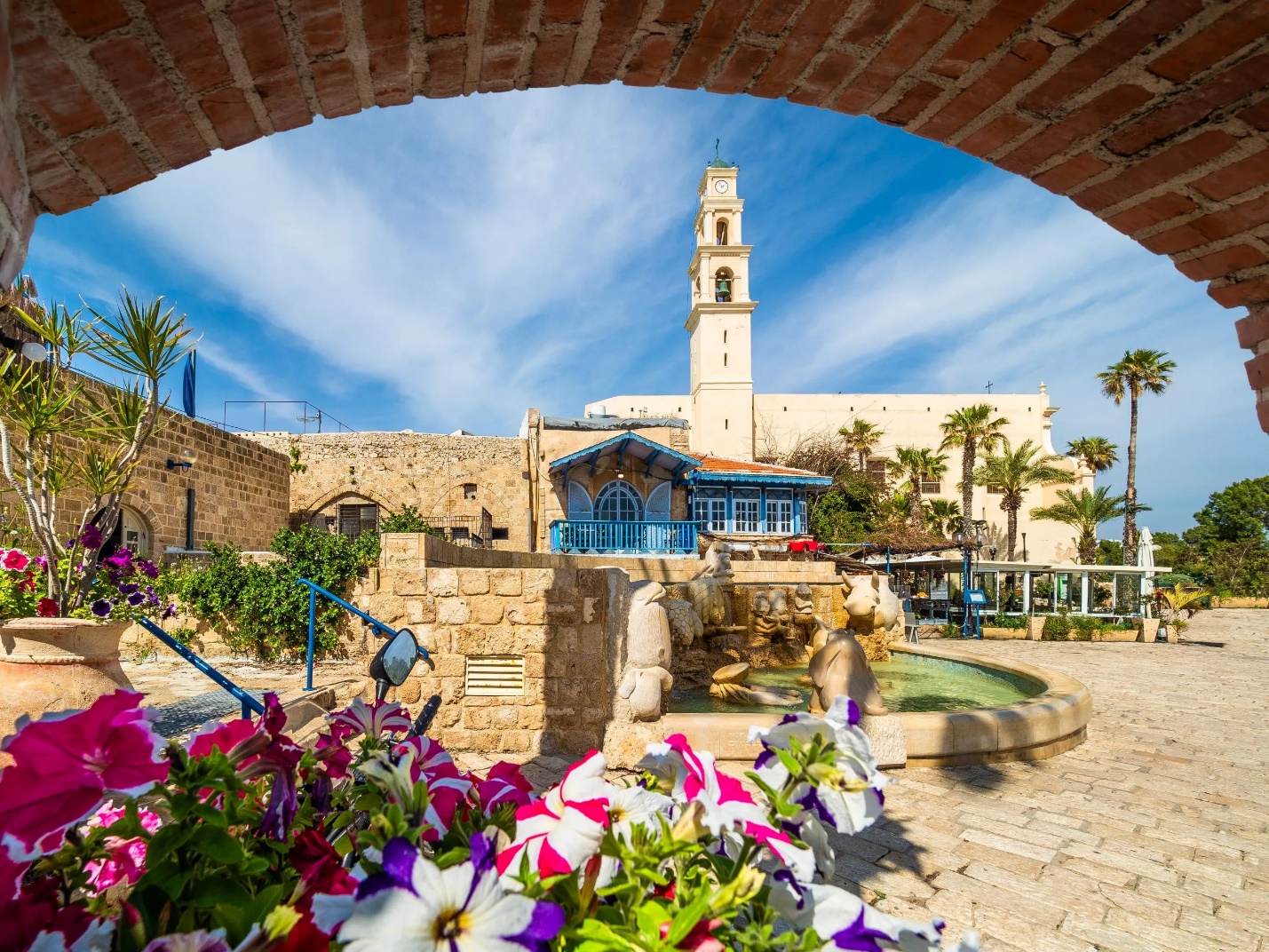
Day 5: Tel Aviv Leisure
Morning: Spend the morning relaxing on the beaches of Tel Aviv. Afternoon: Explore the eclectic neighborhoods of Neve Tzedek and Jaffa, with their boutique shops and art galleries. Evening: Optional: Attend a performance at the Tel Aviv Performing Arts Center or enjoy a sunset stroll along the beachfront promenade.
Tel Aviv
Tel Aviv, a city on Israel’s Mediterranean coast, is marked by stark 1930s Bauhaus buildings, thousands of which are clustered in the White City architectural area. Museums include Beit Hatfutsot, whose multimedia exhibits illustrate the history of Jewish communities worldwide. The Eretz Israel Museum covers the country’s archaeology, folklore and crafts, and features an on-site excavation of 12th-century-B.C. ruins.
Neve Tzedek
Artsy Neve Tzedek has avant-garde design stores, fashion boutiques and handicraft shops, as well as a weekly farmers’ market in HaTachana, a restored railway station. Trendy European restaurants sit alongside stylish bistros, and many of the area’s al fresco cafes turn into live jazz bars and cocktail lounges at night. The Suzanne Dellal Center showcases contemporary dance, while surfers head to beaches nearby.
Estimated Cost:
Accommodation: $600Transportation: $300
Activities: $400
Meals: $300
Total: $1600 per person



